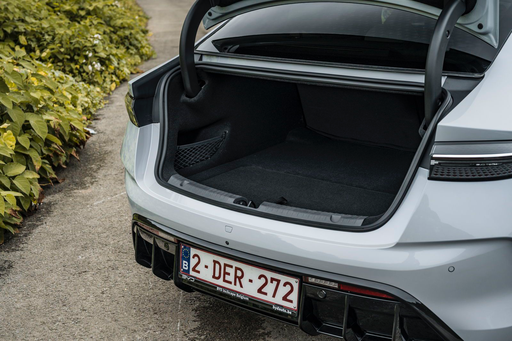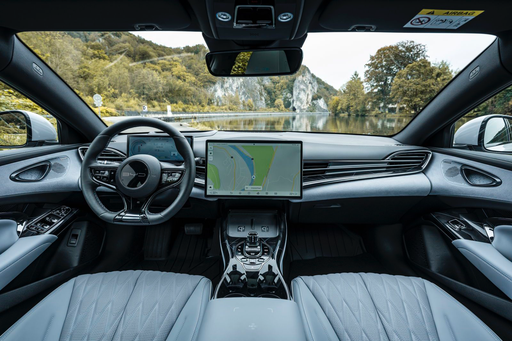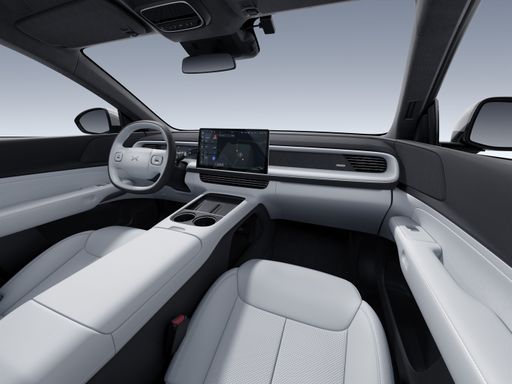Battle of the Electric Titans: BYD Seal vs XPeng G6
As the electric vehicle (EV) market continues to evolve, two strong candidates have emerged: the BYD Seal and the XPeng G6. These models represent the latest in automotive innovation, both promising high performance, advanced technology, and sustainability. This article delves into a comparative analysis highlighting their technical aspects, design elements, and unique innovations.







